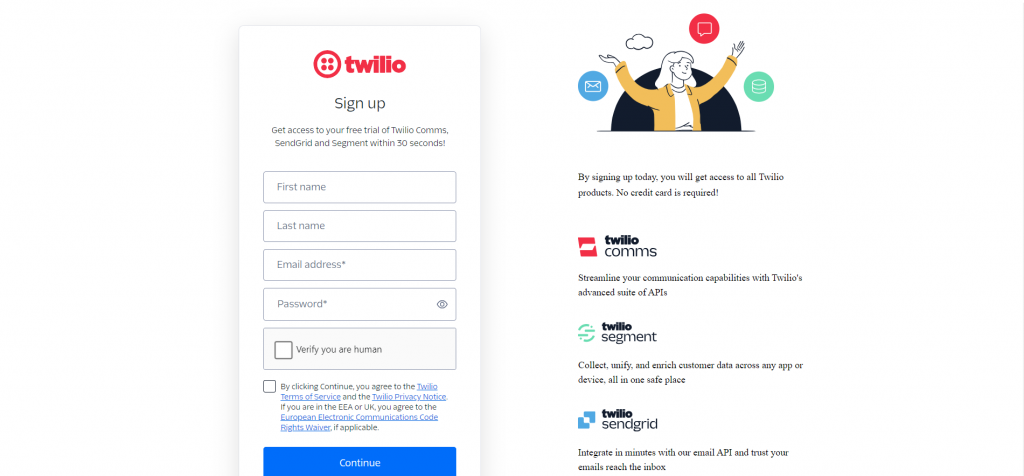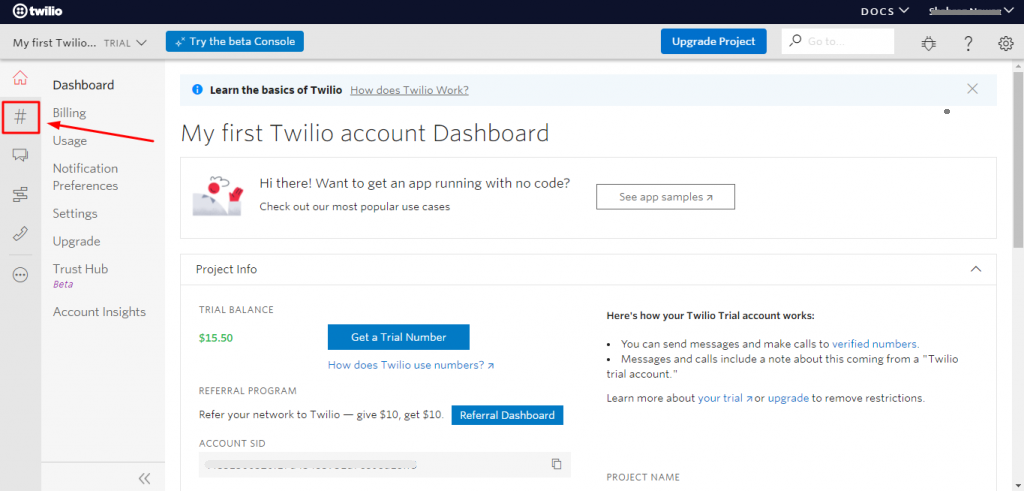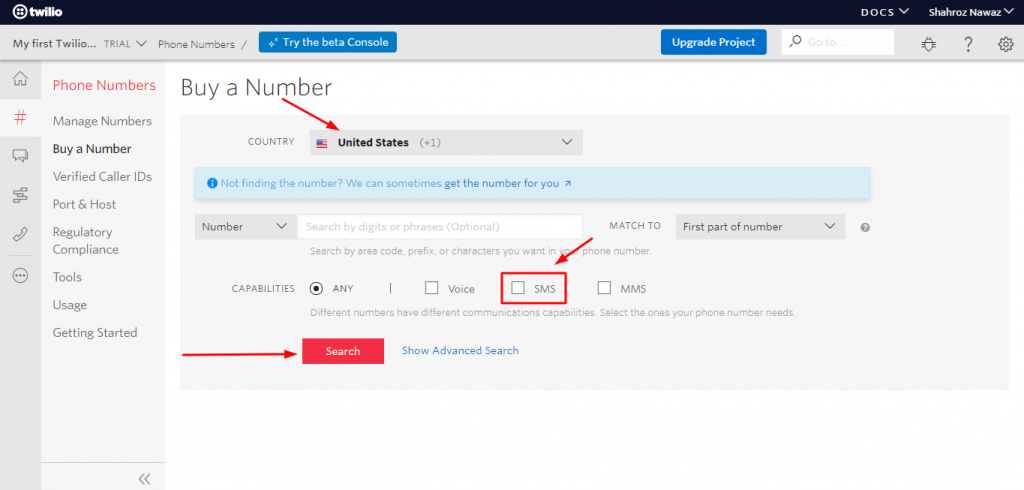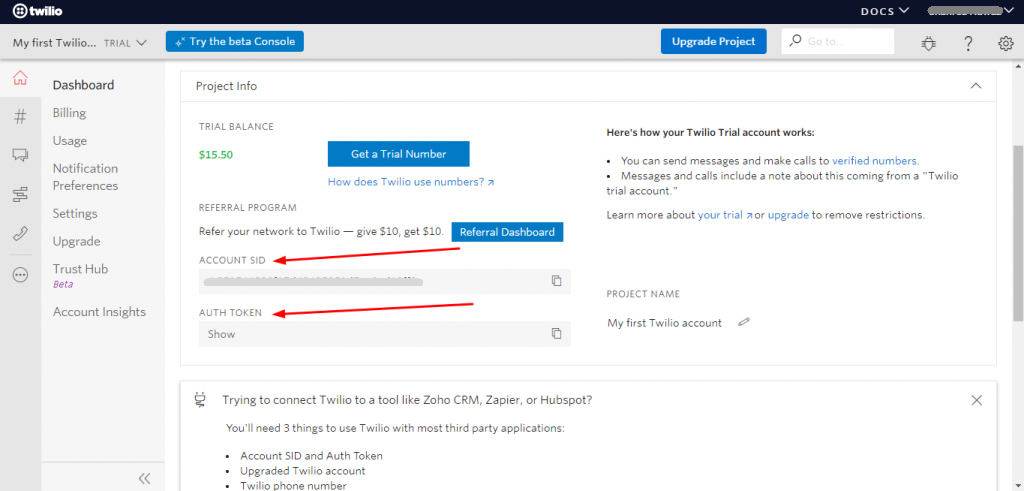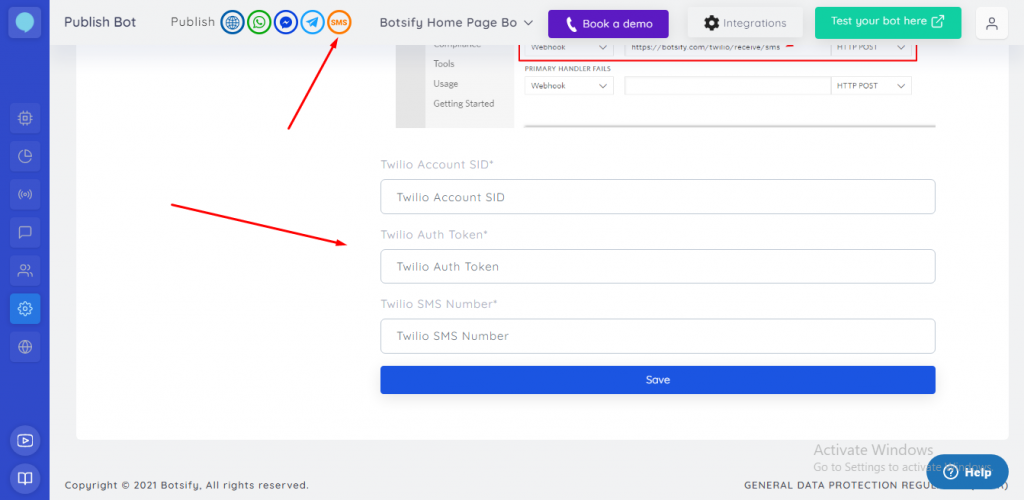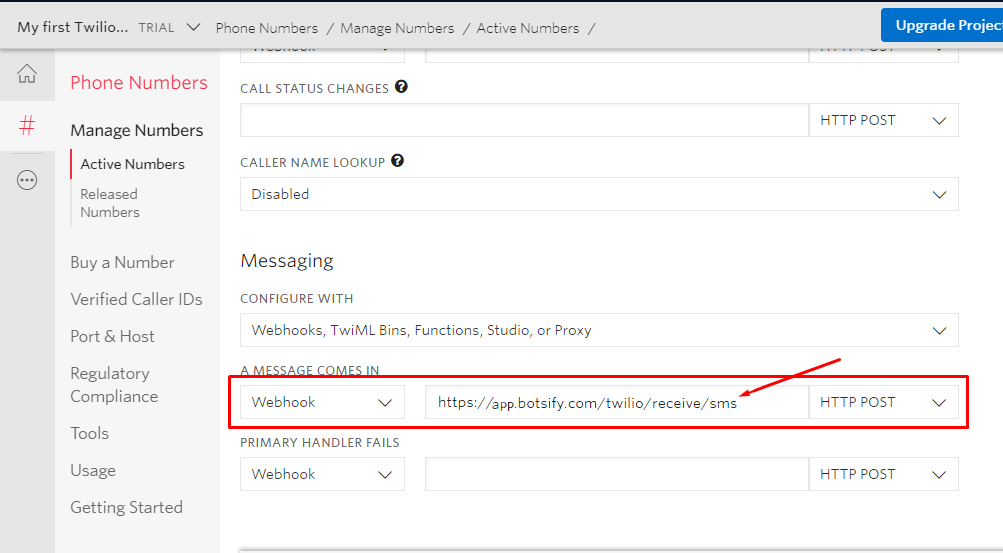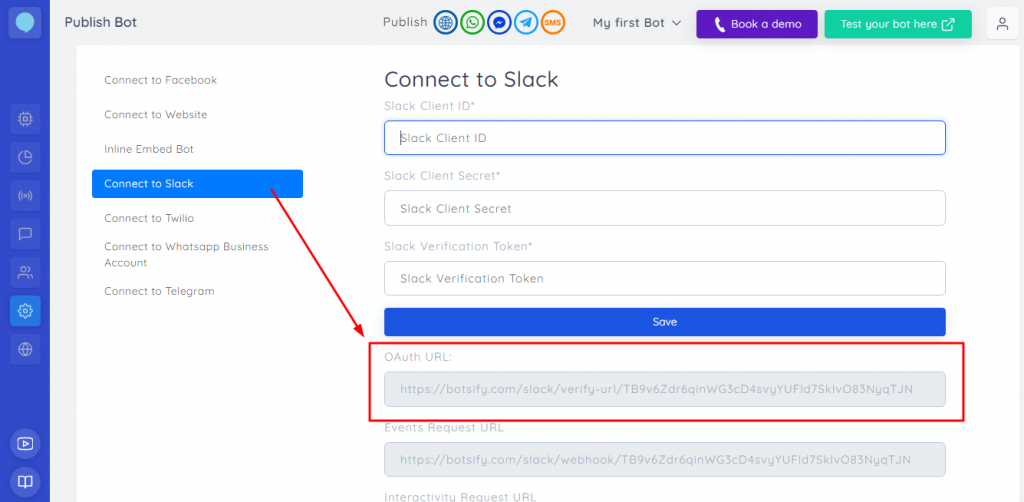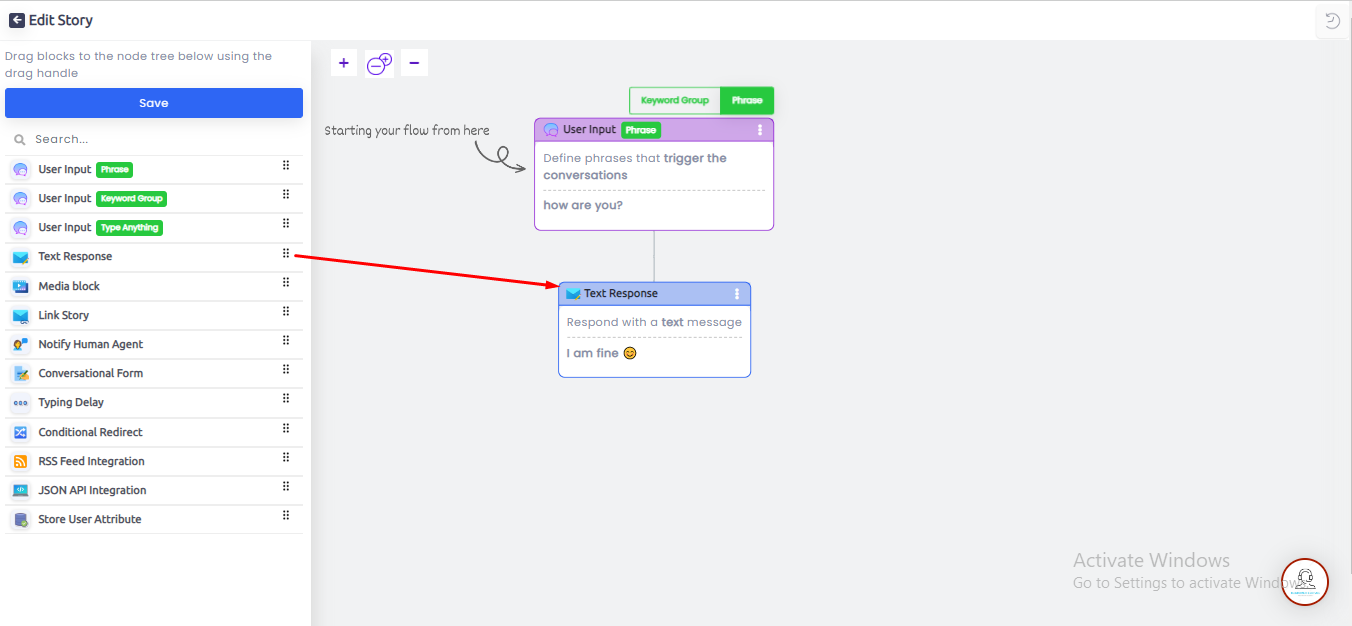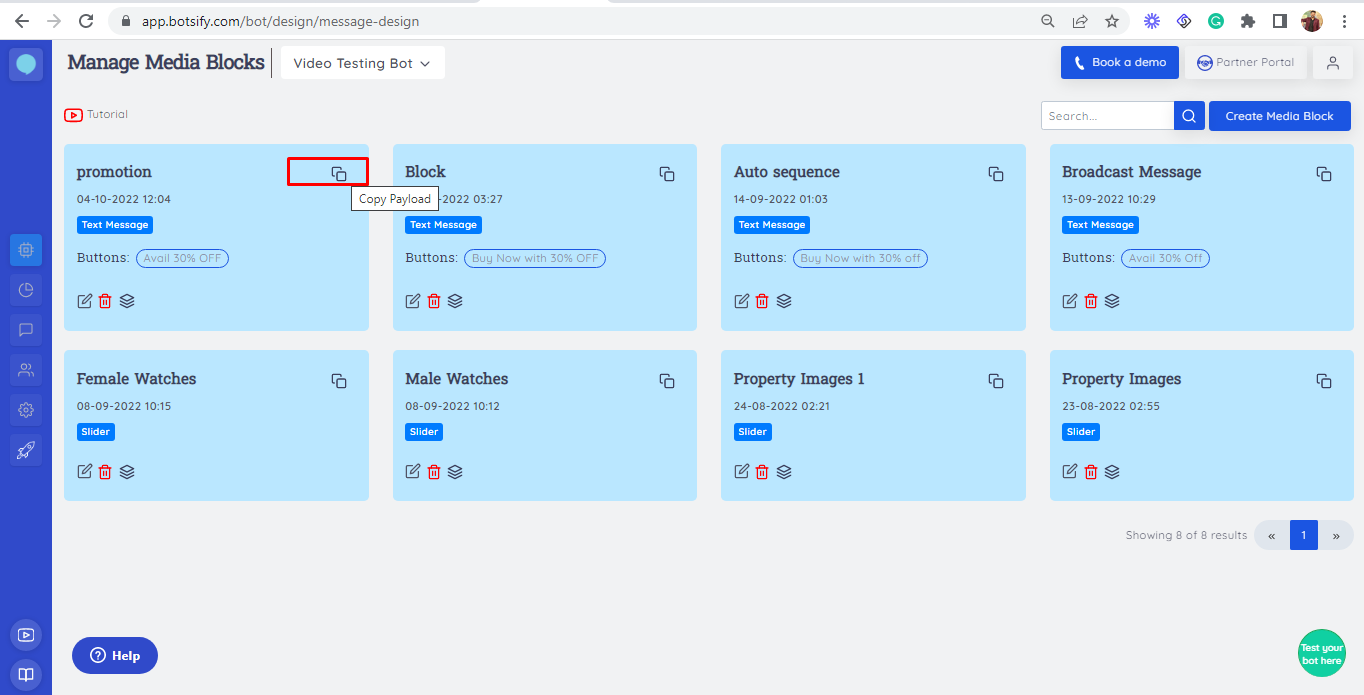Here in this documentation learn how can you exclude specific URLs and IPs from your bot!
Exclude URLs:
In order to exclude your bot from specific URLs. Follow the following steps:
- Go to website setting
- Tap on the exclusion setting
- In this section, you can insert multiple links by simply adding “enter”

- Replace your script with this code:
<script> !function() { var t; if (t = window.botsify = window.botsify = window.botsify || [], !t.init) return t.invoked ? void (window.console && console.error && console.error(“Botsify snippet included twice.”)) : ( t.load =function(e){ var o,n; o=document.createElement(“script”); e.type=”text/javscript”; o.async=!0; o.crossorigin=”anonymous”; o.src=”https://botsify.com/web-bot/script/frame/”+e+”/botsify.js?referer=” + window.location.href;n=document.getElementsByTagName(“script”)[0]; n.parentNode.insertBefore(o,n); }); }(); botsify.load(YOUR BOT API KEY); </script>
Exclude IPs:
In order to exclude your bot from specific URLs. Follow the following steps:
- Go to website setting
- Tap on the exclusion setting
- In this section, you can insert multiple links by simply adding “enter

- Replace your script with this code:
<script>
var ip = “<?php echo $_SERVER[‘REMOTE_ADDR’]; ?>”;
!function() {
var t; if (t = window.botsify = window.botsify = window.botsify || [], !t.init) return t.invoked ? void (window.console && console.error && console.error(“Botsify snippet included twice.”)) : (
t.load =function(e){ var o,n; o=document.createElement(“script”); e.type=”text/javscript”; o.async=!0; o.crossorigin=”anonymous”;
o.src=”https://botsify.com/web-bot/script/frame/”+e+”/botsify.js?referer_ip=” + ip; n=document.getElementsByTagName(“script”)[0]; n.parentNode.insertBefore(o,n); });
}(); botsify.load(YOUR BOT API KEY);
</script>

